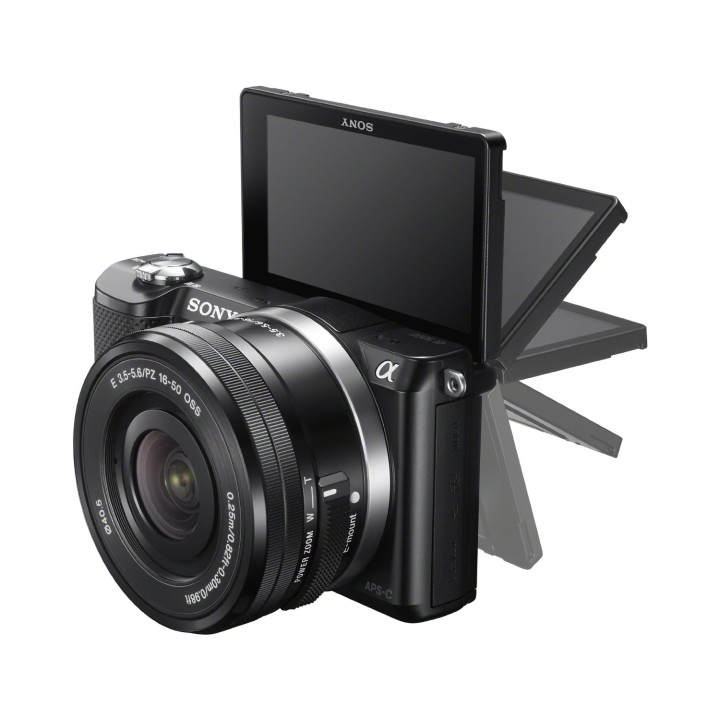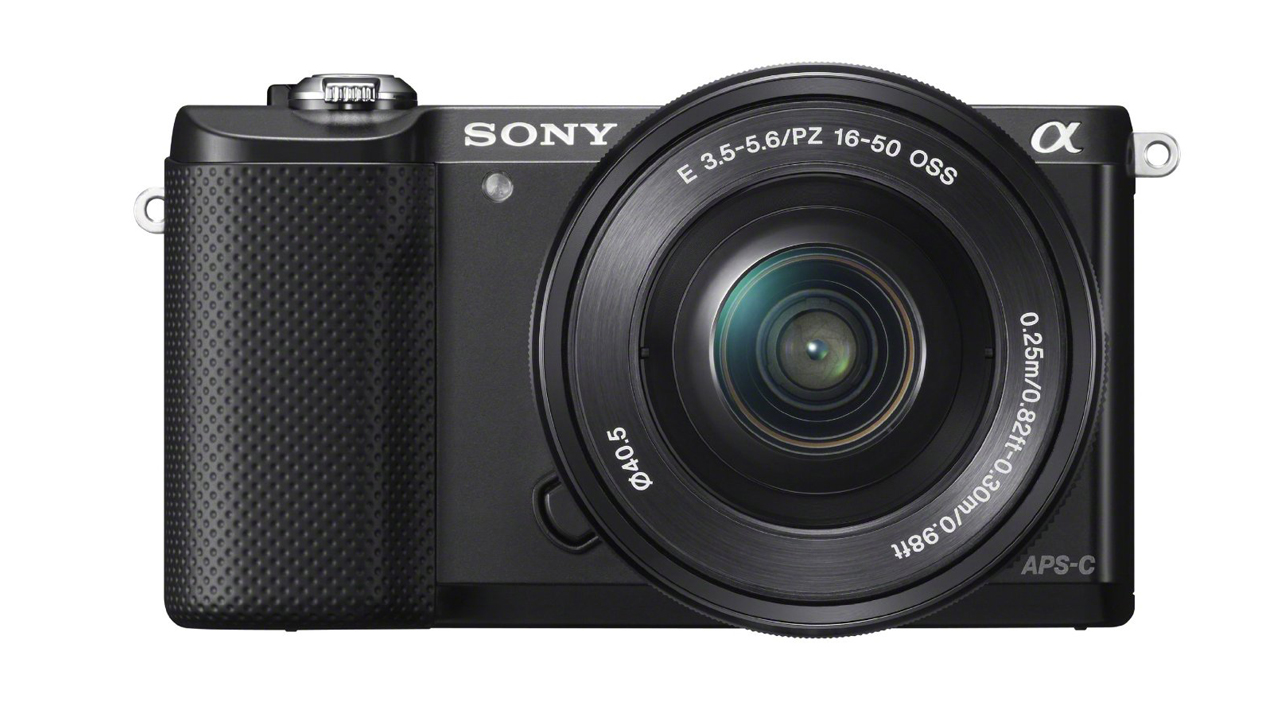At CES 2014, there have certainly been a couple of surprises so far. First, Sony announced the brand new A5000 (or ILCE-A5000), which appears to be the direct successor to the Sony Nex 3N. Going through the technical data sheet, the most surprising specification is the change in name of the camera series from Nex to A. Then we have Kodak, whose first Micro Four Thirds camera, the PixPro S-1 was revealed today. A prototype had appeared at a press conference last year in China but no one was really sure when or where it would be officially announced, until today…
Sony goes ‘A’ WOL on its Nex cameras
Sony makes very interesting cameras, but the way they are named is often confusing. The Nex line started with the original Nex 3 and Nex 5 before working its way up to the flagship Nex 7, but in between we were inundated with a flood of Nexes – the 3N, F3, C3, 5N, 5T and 5R. The difference between the Nex 5 and Nex 5N was significant but for other similar pairs, this wasn’t the case. The only thing separating the Nex 5T from the 5R, for instance, is NFC capabilities…

Now the “A” stands for Alpha, but Alpha is also the mount used on Sony DSLR. Moreover, the camera has an E-Mount. This being the case, why just not call it the E5000? In the official press release they do not say that the camera is a Nex 3 replacement but rather an entry level in the Alpha segment. The near-identical specs and design to the Nex 3N can only lead me to conclude that this is how Sony will name their cameras from now on, with an A in front of every number. Sony wants to unify all its cameras names, both MILC and DSLRs under the letter A.
So, why not call it A3000 then? Well, because there is already an A3000 that was released a couple of months ago and it is a Nex with a DSLR design! So, does this mean that the successor to the Nex 5 will be the A7000 and the successor to the Nex 7 will be the A9000? Yes, mind games are fun, but this may be going one step too far!
Coming back to the new Nex (sorry the new A5000), the specs actually do have something new to offer. It features a 20mp sensor with the same BIONZ X image processor found in the Sony A7/A7r, which is a very good thing. You will also find WiFi connectivity, and the same motorised zoom of the 3N. Click here for the full specs list.
According to Sony it is currently the smallest MILC APS-C camera on the market. So, if you get confused by the names when entering a camera store, just ask for that, okay? 🙂
Kodak’s first Micro Four Thirds camera is a reality
In other news, the Photography Blog tells us that Kodak has announced its very first Micro Four Thirds camera, the Pixpro S-1, which had originally been unveiled back in 2013 at a Chinese press conference. It has a 16 MP BSI CMOS Four Thirds sensor, a three-inch articulating LCD, Wifi capabilities, and can record Full HD up to 30 fps. It also has a sensor shift IS, so we now have another Micro Four Thirds camera with in-body stabilisation.
Two lenses will also be available for the Pixpro S-1 – a 12-50mm and a 42-160mm. Since news has just started to spread about this camera, there isn’t a lot of information regarding the specs out there, but I’m sure we’ll know more soon!
